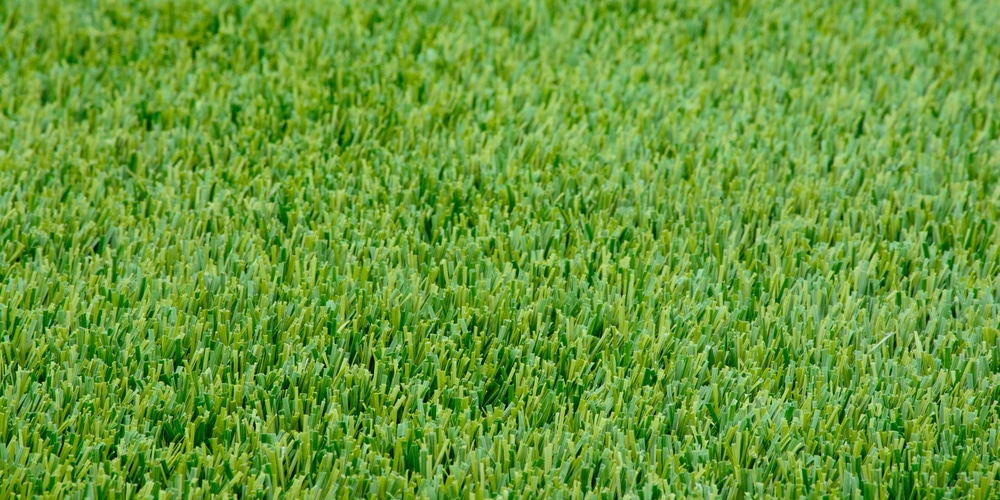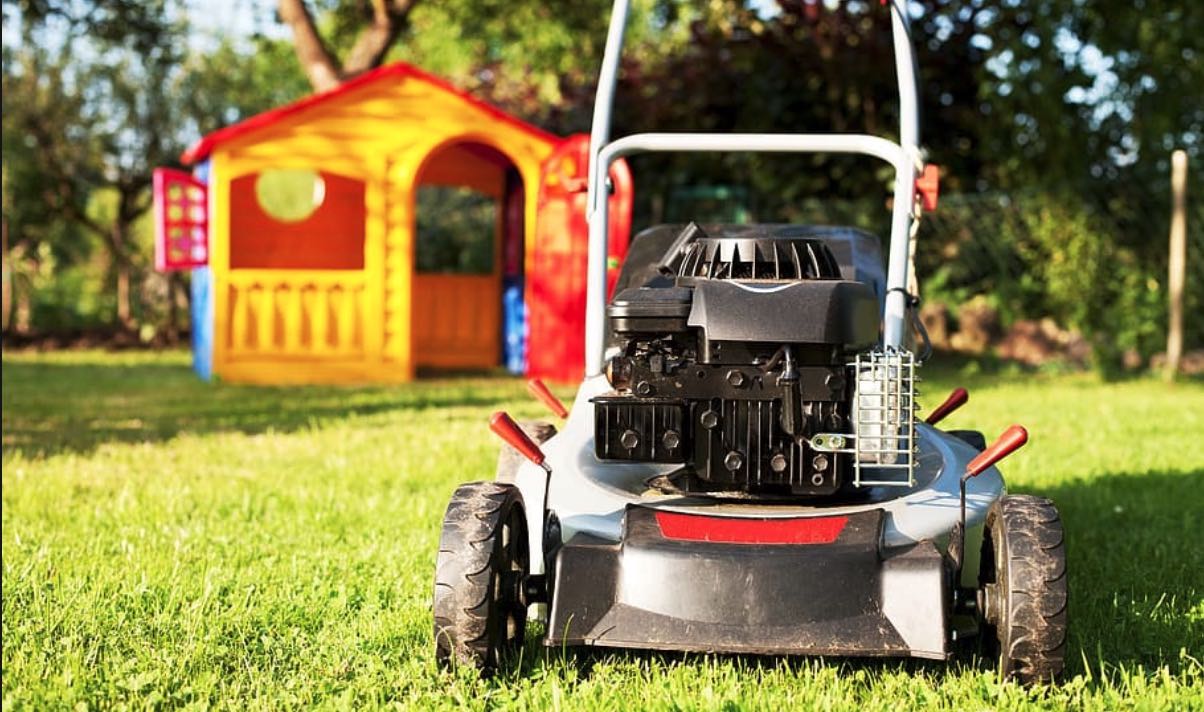Ryegrass is a common type of grass seed available for home lawns. It’s also available as a blend that includes other types of grasses such as bluegrass, fescues, and bents.
There are both advantages to seeding with ryegrass and disadvantages. Ryegrass seeds germinate quickly and can provide a thick cover for the winter. However, this variety of grass tends to be short-lived and must be reseeded each year. They also don’t tolerate close mowing and require more frequent mowing than most other types of lawn grasses. Let’s look at the benefits and disadvantages of growing a ryegrass lawn.
What is Ryegrass?
Ryegrass has the scientific name Lolium perenne and is an annual grass seed that germinates rapidly and forms a dense mat of roots. It’s a cool-season grass that’s often used as pasture grass but can also be used for lawns.
When cut short, like in bowling greens, ryegrass produces a very fine leaf. This makes it a popular choice for lawns; it tolerates close mowing and heavy foot traffic better than most other types of lawn grass.
Ryegrass pros and cons: The Benefits
Although ryegrass does require some extra care and attention, there are many benefits to choosing this grass variety for your lawn.
Great for mild winters
Ryegrass is an excellent choice for anyone who lives in a colder climate and gets cold winters with lots of rain. This type of grass is often used to fill in a patchy lawn or create a green lawn in the winter. As it’s a cool-season grass, it grows well throughout the fall and winter.
Fast germination
Ryegrass is a good choice for growing a lawn in the fall because it germinates quickly and develops a thick cover of roots before winter. This means that it provides excellent protection against cold temperatures and weeds over the winter.
Good for clay-like soils
Ryegrass may be a preferred choice in clay soil because it produces a more fibrous root system, which improves the soil structure of your yard. This may be more important in cold or dry climates than having a turfgrass that tolerates heat and drought well.
Ryegrass Pros and Cons: The Disadvantages
Ryegrass is an annual, which means you’ll need to reseed your lawn every year. Although ryegrass seeds tend to be pricier than some other types of seed, the cost of seed and labor may be lower for this type of grass than for most others because it grows so quickly and fills in bare spots by itself – you won’t need to use as much fertilizer either. However, if you prefer to hire a lawn care professional, you may need to pay extra for them to come back and reseed the lawn every year.
Can suffer from fungal disease
Ryegrass is more susceptible than most other types of grasses to fungal diseases like brown spot. Because ryegrass is one of the best choices for growing a lawn in fall and winter, expect to see more insects and diseases at this time of year.
Needs frequent mowing
Ryegrass requires more frequent mowing than most types of lawn grass – you’ll need to mow once a week during periods of active growth. You’ll also need to ensure your mower has a sharp enough blade, or it may end up tearing ryegrass.
Ryegrass pros and cons: Conclusion
Ryegrass is an excellent cool-season grass for those who live in a cooler climate and want to grow a green lawn during the winter. Before deciding whether ryegrass is the right choice for your yard, ask yourself if all of these disadvantages are worth it.

